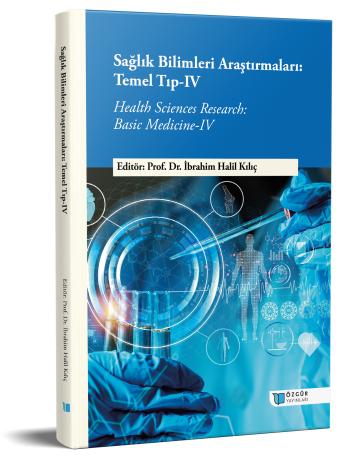
Hemodiyaliz Hastalarında Kateter İlişkili Enfeksiyon Etkenleri
Şu kitabın bölümü:
Kılıç,
İ.
H.
(ed.)
2023.
Sağlık Bilimleri Araştırmaları: Temel Tıp- IV.
Özet
Son dönem böbrek yetmezliği ile hemodiyaliz (HD) tedavisi almak zorunda olan hastalar için vasküler girişim amacıyla kullanılan geçici veya kalıcı HD kateterleri enfeksiyon gelişimi açısından ciddi bir sorundur. Hastaların mevcut tanıları itibariyle immunsupresif olmaları enfeksiyonlara daha açık hale getirmektedir. Kateter ilişkili enfeksiyonlar sepsise neden olabileceğinden olası etkenlerin öngörülerek ampirik tedavilerin hızlıca başlatılması enfeksiyonun progresyonu açısından önem arz etmektedir. Kateter enfeksiyonu geliştiğinde ilk yapılması gereken kateterin değişimi ve hızlı antibiyoterapinin başlanmasıdır. Kateter enfeksiyonlarının tanısında klinik şüphe olan hastalarda kateterin çıkarılıp çıkarılmamasına bağlı olarak tanı yöntemleri değişmektedir. Gram boyama veya akridin oranj sitosin testi ile ön tanı yapılabilmektedir. Bunun yanı sıra kalitatif ve kantitatif kültür yöntemleri kullanılmaktadır. Kateter kültürlerinde en sık izole edilen mikroorganizmalar koagülaz negatif Stafilokaklar ve Staphylococcus aureus’tur. Bunların yanı sıra Enterococcus spp. ve Streptococcus spp. da etken olarak tanımlanmıştır. Ayrıca gram negatif mikroorganizmalardan Escheria coli, Klebsiella spp., Pseudomonas aeroginosa da izole edilmektedir. Staphylococcus spp. için metisilin direnci, Enterococcus spp. için vakomisin direnci, gram negatif mikroorganizmalardaki karbapenem direnci en kritik sorunlardır. Antibiyotik direnci geliştiren mikroorganizmaların varlığı ve biyofilm oluşumu tedaviyi zorlaştırmaktadır.

